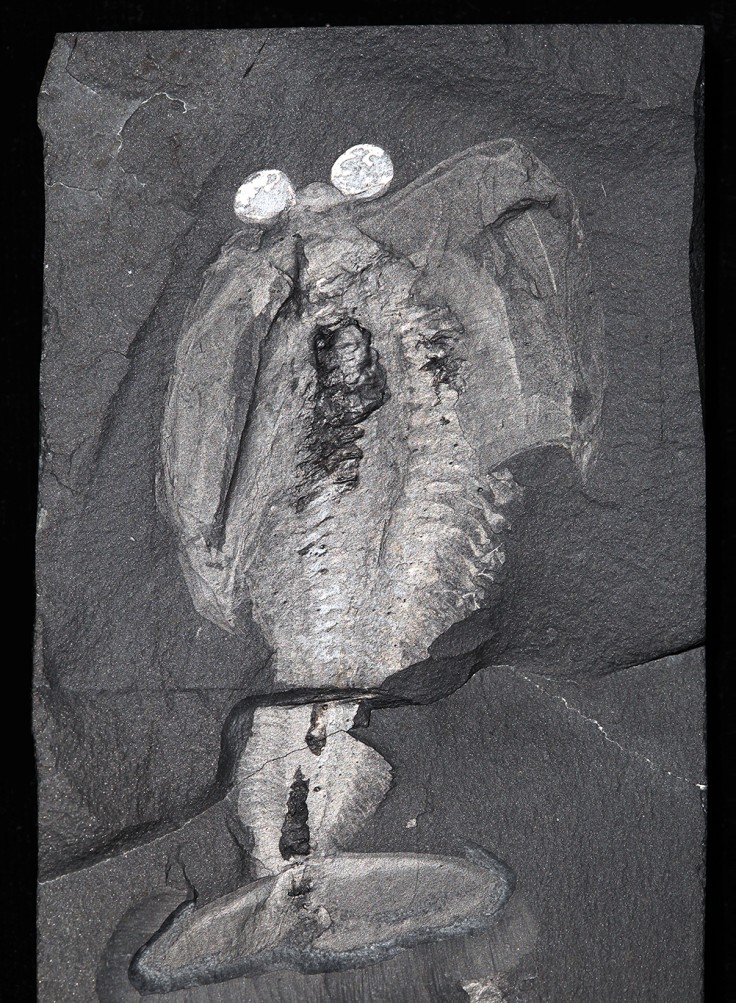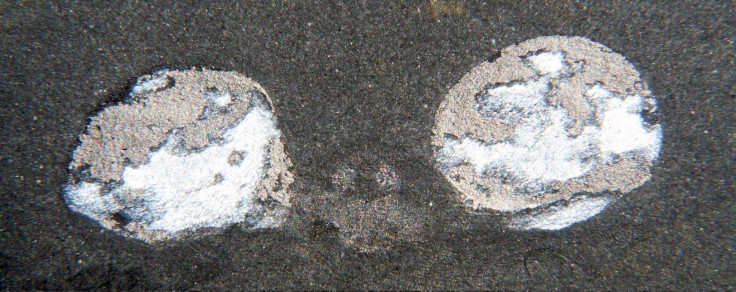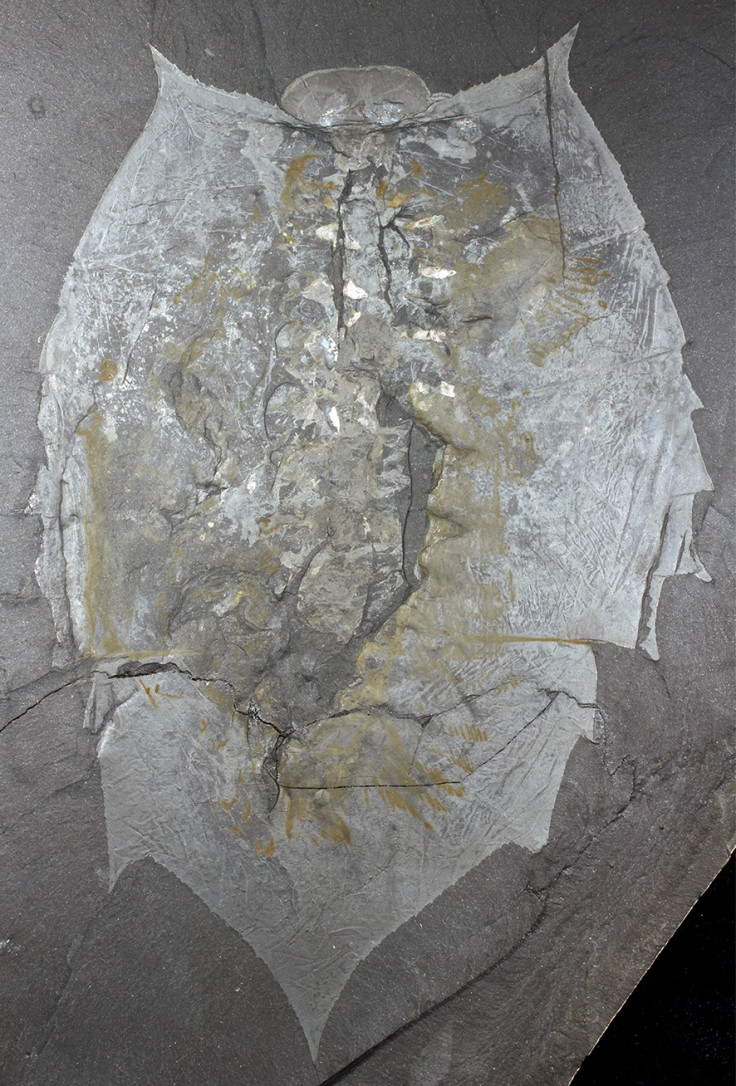500-million-year-old brain fossil shows how heads first evolved

The oldest fossil brains ever discovered have been found by scientists and are expected to shed light on how heads first evolved.
The 500-million-year-old brain fossils provide a key transition point where early ancestors of arthropods (which today includes insects and spiders) evolved from having soft bodies to hard.
Scientists at the University of Cambridge looked at two types of arthropod ancestors. One was a soft-bodied trilobite – a funny creature that looks like a submarine.
The team found it had a hard plate (called the anterior sclerite) and eye-like features at the front of their bodies that were connected through nerve traces coming from the front part of the brain – a find that corresponds with how modern arthropods control vision.
Published in the journal Current Biology, researchers were then able to compare the trilobite with anomalocaridids, a group of swimming predators that lived at the same time.

Findings showed similarities between the trilobite's hard plate and a plate on the top of the anomalocaridid head, suggesting a common origin.
Because of the preserved brains, scientist were able to recognise the anterior sclerite as a bridge between the head of the anomalocaridids and that of more familiar jointed arthropods.
Study author Javier Ortega-Hernández said: "The anterior sclerite has been lost in modern arthropods, as it most likely fused with other parts of the head during the evolutionary history of the group.
"What we're seeing in these fossils is one of the major transitional steps between soft-bodied worm-like creatures and arthropods with hard exoskeletons and jointed limbs – this is a period of crucial transformation."

The researchers noticed the creatures had photoreceptors embedded into the anterior sclerite and that these were connected to the front part of the fossilised brain – as with modern arthropods. It is thought these ancient brains would have processed information much as arthropods do today.
These creatures lived around the time of the Cambrian Explosion – a period of rapid evolutionary change and when most animal groups emerged. Before this, most life resembled algae or jellyfish.
Findings brains in fossils is extremely rare because of the soft tissue they are made from, so finding conclusive evidence about creatures from the time is difficult.
"Heads have become more complex over time," Ortega-Hernández said. "But what we're seeing here is an answer to the question of how arthropods changed their bodies from soft to hard. It gives us an improved understanding of the origins and complex evolutionary history of this highly successful group."
© Copyright IBTimes 2025. All rights reserved.






















